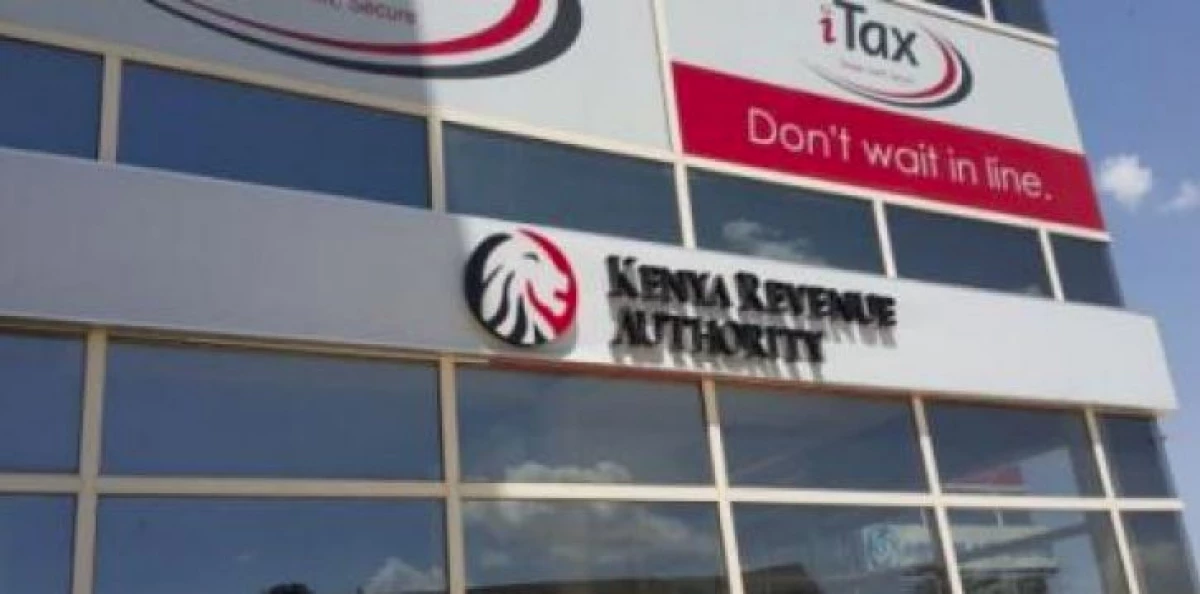EXPLAINER: How KRA will use AI tools to validate taxes, detect fraudulent returns

File image of a Kenya Revenue Authority (KRA) iTAX office. PHOTO|COURTESY

Audio By Vocalize
The automated validation scheduled to begin in January will be integrated into iTax to flag mismatches in income declarations, VAT claims, and withholding data, enabling KRA to verify filings against third-party information in real time.
According to a statement on Friday, the move is part of the government’s broader tax modernisation agenda to boost efficiency, transparency, and voluntary compliance.
“Effective 10 January 2026, it will begin validating income and expenses declared in both individual and non-individual income tax returns against the following data sources: TIMS/eTIMS invoices, Withholding Income Tax gross amounts and Import records from Customs systems,” read the notice.
“All declared income and expenses must be supported by a valid electronic tax invoice, correctly transmitted with the buyer’s PIN, where applicable, subject to exceptions provided under Section 23A of the Tax Procedures Act, Cap 469B and the Tax Procedures (Electronic Tax Invoice) Regulations, 2024.”
The validation exercise is part of a wider government plan to embed Artificial Intelligence (AI) and machine learning in tax administration.
President William Ruto’s Economic Advisor, Dr. David Ndii, in an interview recently confirmed that the government was developing algorithm-based systems to automate tax assessment and improve revenue collection efficiency.
Based on his explanation, the new platform uses machine learning to cross-check data from banks, employers, suppliers, and other government agencies, allowing KRA to identify under-reporting or double claims before refunds are processed.
He underscored that the digital overhaul would align with the government's fiscal strategy, which targets a rise in Kenya’s tax-to-GDP ratio from the current 14 per cent to 22 per cent within seven years.
“In a year or two, most of our taxes will be collected by algorithms and not by people. You don’t have to squeeze small taxpayers the traditional way — we can do it passively," said Ndii in an interview with NTV.
He noted that the system would borrow lessons from existing digital models such as the Hustler Fund credit scoring system and the new Social Health Authority’s premium assessments, which help in premium assessment and calculating credit scores.
“We have a Machine Learning model which helps in premium assessment, we have another that calculates credit scores for people on Hustler Fund, and we are building one to do tax assessment,” he said.
According to Dr Ndii, one of the motivations behind automation was to identify millions of high-income professionals operating outside the formal payroll system and to widen the tax bracket.
“Our estimate is that there are 2.5 million taxpayers out there with equivalent income to the people on payroll. There are doctors in private practice… what people in payroll are earning, we are certain those not in payroll with exactly your profile are earning about the same,” he said.
Since KRA will now be cross-checking every tax return against eTIMS electronic invoices issued by suppliers, WHT certificates and customs data, discrepancies between these digital records and declared income or expenses could trigger audits or rejection of tax returns.
Following his remarks, experts warned that small and informal businesses may face
initial challenges due to limited access to digital record-keeping tools, adding that without properly transmitted eTIMS invoices or matching income data, their
returns risk being flagged for review.
KRA has been maintaining that the move will enhance compliance and reduce tax evasion by ensuring that all claims are backed by verifiable data.
1. Keep your eTIMS invoices in order
The public should therefore ensure that their eTIMS invoices are ordered such that every expense they claim must be supported by a valid electronic tax invoice (eTIMS).
For businesses, all suppliers should issue eTIMS invoices and ensure their buyer’s PIN appears where applicable. Manual or handwritten receipts won’t count.
2. Match your Withholding Tax data
Suppose tax has been withheld from your income, such as consultancy, rent, or professional fees. In that case, you should confirm that the WHT certificates in your iTax ledger match the income you’re declaring, since the 5% WHT is not final tax but an advance payment.
3. Verify import records
For importers, KRA will now compare your declared figures with Customs import data under the Integrated Customs Management System (ICMS). So, you should ensure the import values and related expenses correspond with what’s in eTIMS and your accounting books.
4. Expect more audits if the data doesn’t match
Any mismatch between your returns and the digital records may flag your account for review, delay refunds, or trigger audits.
5. Prepare early
Taxpayers, especially small traders, are advised to start digitising their records now, reconcile 2025 invoices, and seek help from KRA or a licensed accountant before the filing season.


Leave a Comment